
The CMA has concerns about prospect of a serious lessening of competition in 463 areas because of the merger.
The proposed Sainsbury’s-Asda merger threatens competition in 463 locations, the Competition & Markets Authority said today (27 September).
The CMA published the full text of its decision in Phase 1 of its investigation into the planned merger, revealing it is concerned about the prospect of a serious lessening of competition in the locations.
‘The CMA believes the merger may give rise to a realistic prospect of an SLC in many of these local areas if Sainsbury’s and Asda are insufficiently constrained by other local competitors,’ the text says.
The report also revealed the CMA had discounted Aldi and Lidl as competitors of Sainsbury’s and Asda for the purposes of Phase 1, increasing the number of locations in which a threat to competition was identified.
The discounters were excluded in light of a decision announced by the CMA earlier this month to fast-track the inquiry, as requested by Sainsbury’s and Asda.
’In light of the fast-track request, the CMA has, for the purposes of its Phase 1 assessment, excluded Aldi and Lidl fascias for the purposes of the filtering methodology,’ the CMA said. ’Applying these criteria, 225 Sainsbury’s stores and 238 Asda stores fail the filter.
‘The purpose of this filtering methodology is to establish a minimum set of criteria which, if present, means that the CMA cannot exclude a realistic prospect of an SLC.’
The CMA said Sainsbury’s and Asda had submitted evidence suggesting they would face ‘competitive constraint’ post-merger from both the discounters, as well as competitors including Tesco, Morrisons, Waitrose, M&S and the Co-op.
Lawyers for Asda and Sainsbury’s are urging the CMA to consider the rise of the discounters in Phase 2 of the probe, having done so in approving the Tesco-Booker merger.
The CMA identified 369 areas of symbol overlap in Phase 1 of its investigation into the Tesco-Booker merger last year and 798 problem areas in its 2016 probe into the Ladbrokes-Coral merger.
Read more: Coupe and Burnley take a battering – but will the CMA take notice?
As well as geographical overlap, the regulator has promised to consider other factors in the Sainsbury’s-Asda investigation including the potential squeeze on suppliers many fear will result if the merger is allowed to go ahead.
The Times reported in August the supermarkets could have to dispose of stores in up to 300 locations across the UK if the two grocers were to succeed in convincing regulators to approve their proposed merger.
However, experts have told The Grocer they expect any sell-off to be much smaller.
In May, CACI found if the CMA decided to class the discounters as competitors in its calculations, the number of disposals facing Asda and Sainsbury’s could be as low as 23.
Even if they are not defined as competitors, its research suggested the number of disposals would only rise to 68, based on a ‘competitor set’ of retailers falling within either a 15-minute drive in rural areas, or 10-minute drive in urban areas, as the CMA has done in the past.
David Haywood, founder of Maximise, which worked on the Safeway-Morrisons deal in 2003 and the Co-op’s acquisition of Somerfield in 2009, identified 245 stores he believed could be seen as having a trading overlap. But he said by introducing Aldi and Lidl into the competitor set the number significantly decreased to just 73 locations.
Competition lawyer Steve Smith, a partner at Bristows, said today’s revelation did not mean Sainsbury’s and Asda faced selling off hundreds of stores.
“What we are talking about here is where the CMA has identified overlaps. It’s possible that 100 divestments could tackle 500 overlaps,” he said.
“It’s also highly significant that at this stage the CMA has specifically excluded Aldi and Lidl from its thinking.
“It’s hard to imagine that the next phase of the inquiry will not include the discounters in their thinking. They have taken nothing off the table.”
Smith said he believed the CMA’s final decision would still come down to the geographical overlap between any merged party and its rivals, despite the CMA repeating today that it would take into account other factors such as the squeeze on suppliers.
There have been strong calls from MPs for the inquiry to go far beyond store crossover.
“The CMA will be interested in the impact on suppliers but only when it comes down to the potential for lessened competition and higher prices for consumers,” said Smith.
Sainsbury’s and Asda have said they will use their greater buying power to force down prices for customers.


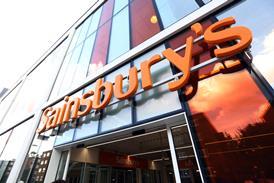




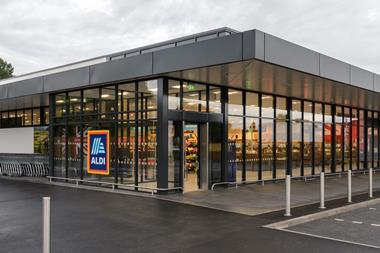
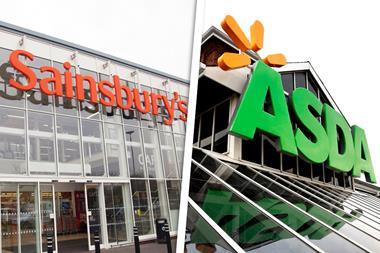

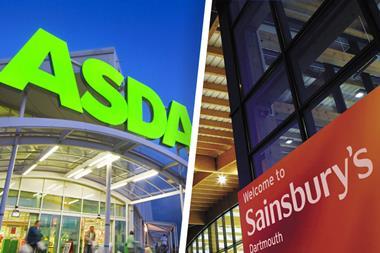

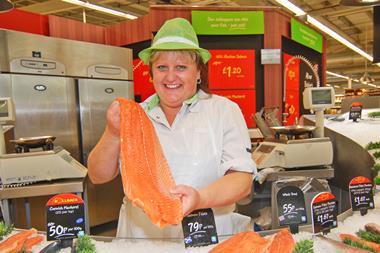





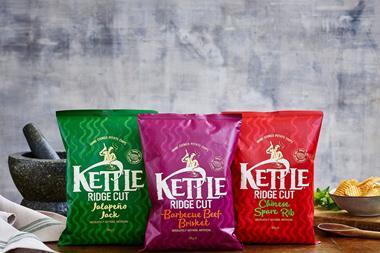
No comments yet